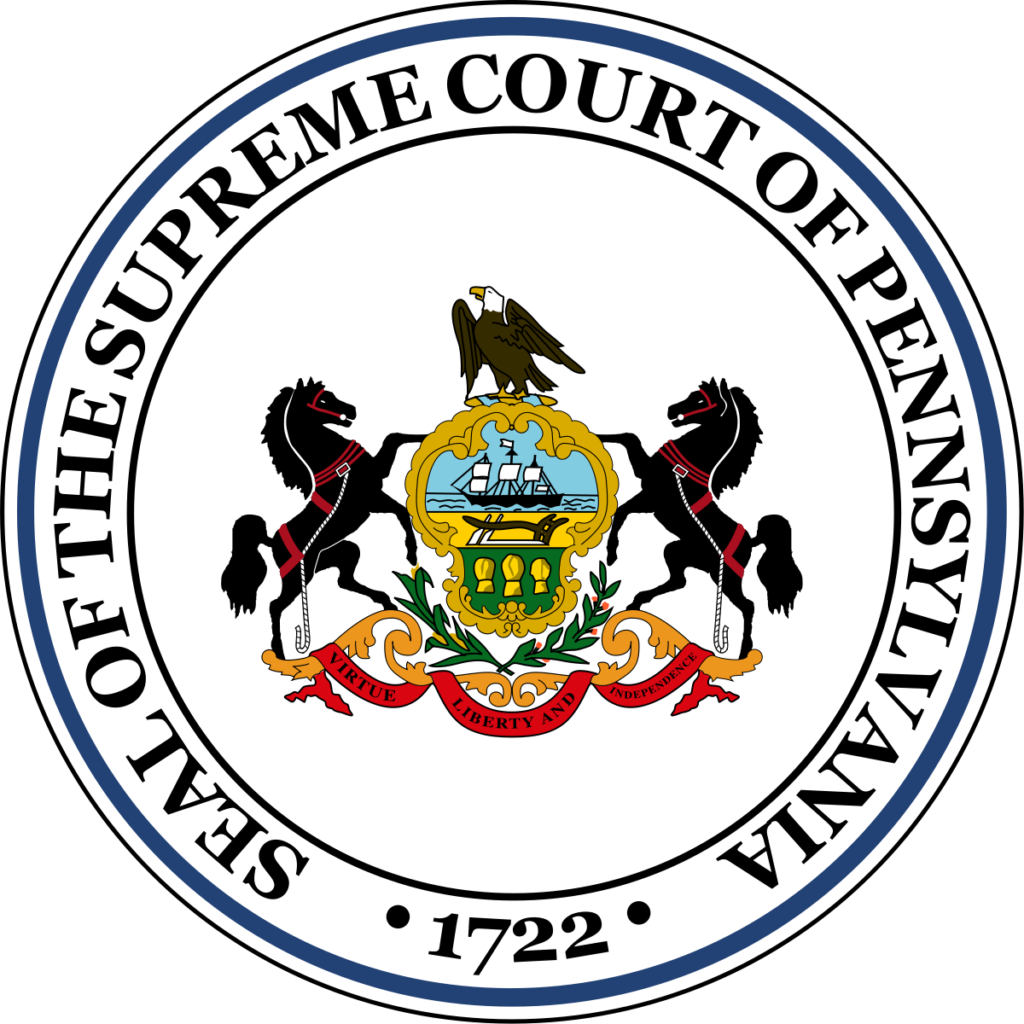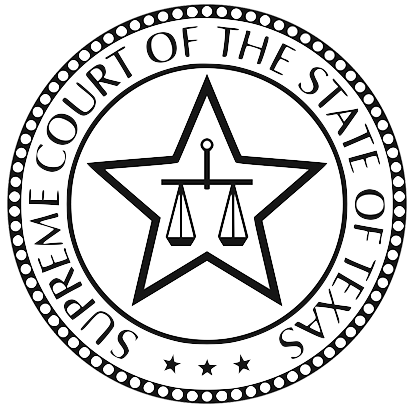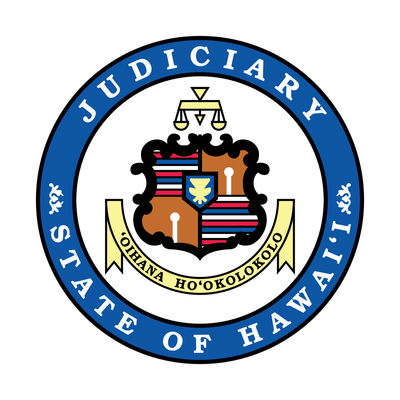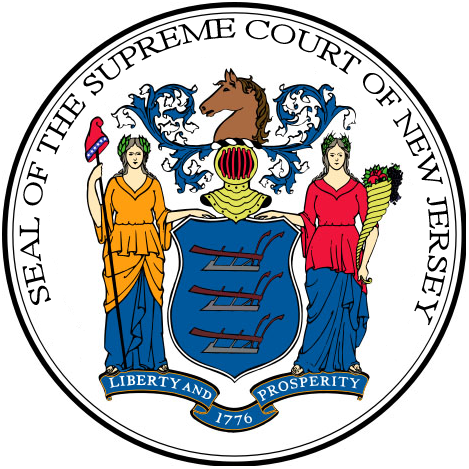Council of Organizations and Others for Education About Parochiaid v. State of Michigan
March 10, 2021Docket Watch 2021
By Thomas J. Rheaume & Gordon J. Kangas
Michigan’s Supreme Court confirmed that the state’s constitution permits reimbursement to religious schools for costs incurred from mandated health and safety measures. The case, Council of Organizations and Others for Education About Parochiaid v. State of Michigan, was decided on December 28, 2020, but the story begins decades earlier.[1]
In the summer of 1970, Public Act 100 became law in Michigan. It permitted the Michigan Department of Education to pay a portion of private school teachers’ salaries, if those teachers taught only secular subjects.[2] That fall, Michigan voters approved Proposal C and thereby amended the state constitution by referendum to explicitly limit payments and other aid to nonpublic schools.[3] This rendered Public Act 100 unconstitutional, and it also raised questions about other funding arrangements.
The following year, the Michigan Supreme Court answered several certified questions concerning aid to nonpublic schools in Traverse City School District v. Attorney General.[4] The court held that “shared time”—an arrangement where private school students attend public schools for certain courses—remained constitutional even after the amendment because the public school still administered the courses and received the funding. State funding for “auxiliary services” such as hearing tests, street crossing guards, speech therapy, and other remedial services also remained constitutional because they are “health and safety measures” that “only incidentally benefit religion and do not constitute state support of or excessive entanglement in religion.”[5] In a subsequent opinion, however, the Michigan Supreme Court held that the state could not pay for textbooks to be given or lent to private schools, because unlike auxiliary services that are “commodities ‘incidental’ to a school’s maintenance and support,” textbooks “are essential aids that constitute a ‘primary’ feature of the educational process and a ‘primary’ element required for any school to exist.”[6]
These decisions framed the debate in the recent Parochiaid case. A 2016 law “appropriated $2.5 million in funds for the 2016–2017 school year ‘to reimburse costs incurred by nonpublic schools’ for compliance with various state health, safety, and welfare mandates to be identified by the [Michigan] Department of Education[.]”[7] The ACLU of Michigan and other organizations and public schools filed suit, alleging that the law violated the Michigan Constitution’s prohibition on nonpublic school funding.
A panel majority of the Michigan Court of Appeals held that the appropriation was constitutional. The majority reasoned that:
Conducting criminal background checks, disposing of instruments containing mercury, and maintaining epinephrine autoinjectors, while mandatory, have nothing directly to do with teaching and educating students; these compliance actions are truly incidental to providing educational services and focus instead on a student’s well-being, i.e., his or her health, safety, and welfare.[8]
The dissent disagreed with distinguishing costs as auxiliary and instead saw the majority’s three examples as simply the cost of doing business as a school.[9] Because criminal background checks are mandated by state law, wrote the dissent, “they are by definition a primary element necessary for a school’s operation,” and because Michigan law forbids the employment of a teacher who has been convicted of a sexual crime, “[e]mploying legally qualified teachers is a primary function of a school.”[10] The Michigan Supreme Court granted leave to appeal the decision, but when that court split evenly, the court of appeals’ decision was affirmed.
Writing in favor of affirmance, Justice Stephen J. Markman began by recognizing, as the court had in Traverse City, that if Proposal C were read “literally,” it would prohibit even police and fire services to a nonpublic school, which “would raise significant questions about whether the provision violates the Free Exercise Clause [of the U.S. Constitution] given its effect on religion.”[11] And like the Court of Appeals, Justice Markman interpreted Traverse City as employing “distinct analyses” for auxiliary services and shared time to deal with the problem posed by a literal interpretation.[12] Auxiliary services are permissible under the Michigan Constitution because they are “general health and welfare measures.”[13] “Proposal C was only understood to prohibit appropriations for nonpublic-school educational services,” so health and welfare measures “simply fell outside the scope of Proposal C.”[14] Shared time services are permissible under the Michigan Constitution because, despite being educational, the “control” remains within the public school system.[15] Justice Markman reasoned that “the auxiliary services permitted by Traverse City are substantively indistinguishable from the reimbursements permitted” by the 2016 law.[16] “If the state is constitutionally permitted to provide speech-correction services directly to nonpublic-school students without running afoul of Proposal C . . . the state should be able to facilitate those same services indirectly in the manner set forth by [the 2016 law].”[17] Justice Markman concluded that the law was therefore constitutional.
Writing in favor of reversal, Justice Megan Cavanaugh disagreed with that reading of Traverse City. Justice Cavanaugh took the Traverse City court to have followed a series of steps, which she would have applied.[18] First, a court must determine whether the law violates the Michigan Constitution. If it does, then the court must determine whether applying the Michigan Constitution would conflict with the U.S. Constitution. “If there is no conflict, then the funding is prohibited.”[19] Otherwise, a court must decide “whether there is an alternative constitutional construction” that preserves the purpose of the Michigan Constitution’s provision and “is consonant with a common understanding of the language used” in that provision.[20] In Justice Cavanaugh’s view, the Traverse City court found that the 1970 law conflicted with the Michigan Constitution, but that this holding would put the Michigan Constitution in conflict with the U.S. Constitution.[21] So the Traverse City court engaged in a saving construction of the Michigan Constitution that would allow shared time and auxiliary services. Justice Cavanaugh believed that the opinion for affirmance misapplied these steps because, unlike the law challenged in Traverse City, the 2016 law did not raise overbreadth concerns under the U.S. Constitution, and thus there was no need to find an alternative construction of the Michigan Constitution.[22] Instead, she would have held that the law was invalid under a plain reading of the Michigan Constitution.[23]
In light of the Supreme Court’s even split, the Michigan Court of Appeals’ opinion now controls. That court’s decision provides the following test for future legislation:
[T]he Legislature may allocate public funds to reimburse nonpublic schools for actual costs incurred in complying with state health, safety, and welfare laws. But the reimbursement may only occur if the action or performance that must be undertaken to comply with a health, safety, or welfare mandate (1) is, at most, merely incidental to teaching and providing educational services to nonpublic school students (noninstructional in nature), (2) does not constitute a primary function or element necessary for a nonpublic school to exist, operate, and survive, and (3) does not involve or result in excessive religious entanglement.[24]
That will be the test going forward in the event that future funding is provided for nonpublic schools.
Note from the Editor: The Federalist Society takes no positions on particular legal and public policy matters. Any expressions of opinion are those of the authors. We do invite responses from our readers. To join the debate, please email us at info@fedsoc.org
[1] Council of Orgs. & Others for Educ. about Parochiaid v. State, No. 158751, 2020 Mich. LEXIS 2290 (Dec. 28, 2020), available at https://courts.michigan.gov/Courts/MichiganSupremeCourt/Clerks/Recent%20Opinions/20-21%20Term%20Opinions/Council%20of%20Orgs-OP.pdf.
[2] In re Legislature’s Request for An Op., 180 N.W.2d 265, 266 n.2 (Mich. 1970).
[3] Parochiaid, 2020 Mich. LEXIS 2290, at *7-9.
[4] 185 N.W.2d 9 (Mich. 1971).
[5] Id. at 22.
[6] Advisory Opinion re Constitutionality of 1974 PA 242, 228 N.W.2d 772, 773 (Mich. 1975).
[7] Parochiaid, 2020 Mich. LEXIS 2290, at *2.
[8] Council of Orgs. & Others for Educ. About Parochiaid v. State, 931 N.W.2d 65, 80 (Mich. Ct. App. 2018). The law permitted reimbursements for many other costs as well.
[9] Id. at 84 (Gleicher, J., dissenting). The majority did not entirely disagree with the dissent’s approach, but considered itself bound by the Traverse City precedent. Id. at 82 (“Were we restricted to solely examining and contemplating the language of Const. 1963, art. 8, § 2, absent any other considerations and on a clean slate, we might very well agree with our colleague’s position.”).
[10] Id. at 89 (Gleicher, J., dissenting).
[11] Parochiaid, 2020 Mich. LEXIS 2290, at *20 (citing Traverse City, 185 N.W.2d at 29) (Markman, J., writing for affirmance).
[12] Id. at *22.
[13] Id. at *23 (quoting Traverse City, 185 N.W.2d at 22).
[14] Id. at *25.
[15] Id. at *24.
[16] Id. at *28–29.
[17] Id.
[18] Id. at *44 (Cavanaugh, J., writing for reversal).
[19] Id.
[20] Id. (quoting Traverse City, 185 N.W.2d at 18).
[21] Id. at *46.
[22] Id. at *51-53.
[23] Id. at *63.
[24] Parochiaid, 931 N.W.2d at 68.











